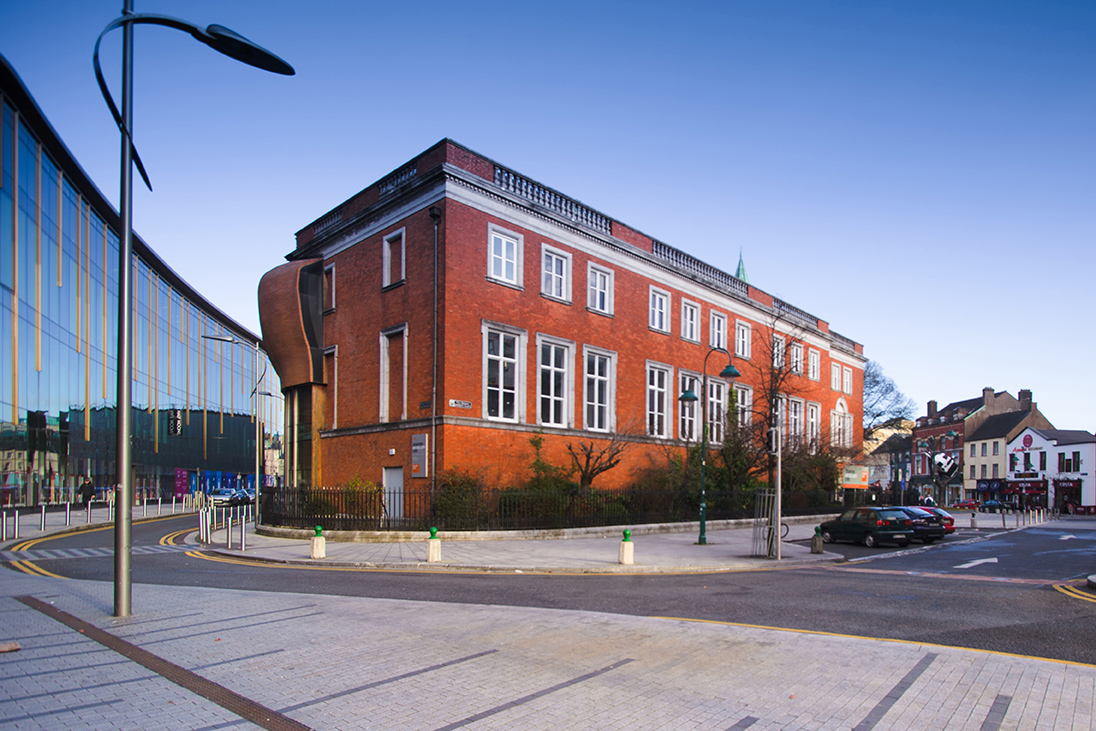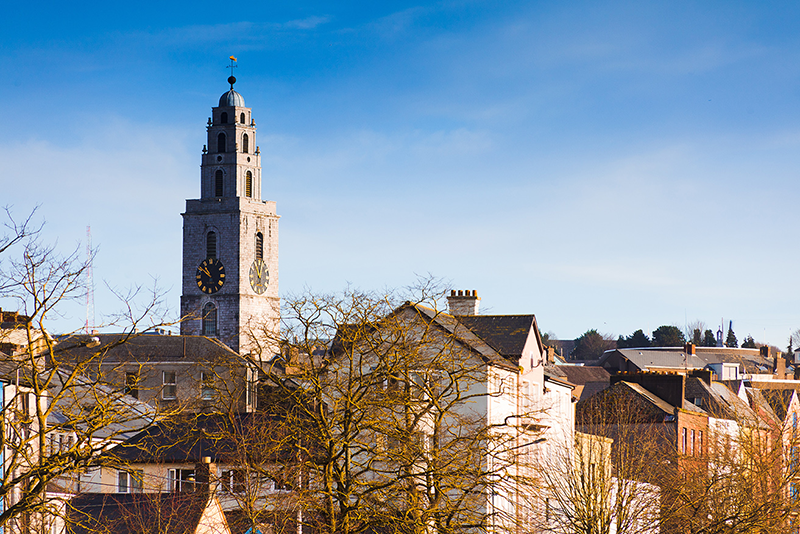11. Built Heritage, Urban Design and Culture
11.1. Introduction


Cork City features a wealth of built heritage that has been amassed over many centuries by previous generations. Our built heritage encompasses both archaeological and architectural heritage that includes a varied array of Protected Structures, National Monuments and a range of designated Architectural Conservation Areas (ACAs) that underline the historic fabric and streetscapes of this city. To underline this importance the city is host to approximately 5,039 built, archaeological and cultural heritage designations.
The main aim of the City Development Plan from a built and archaeological heritage standpoint will be to manage change so that building conservation principles and objectives are about guiding and enhancing development. The conservation of our built and archaeological heritage needs to be an integrated part of the development process. There needs to be a balance between the development-led scenario and the need for the protection of our heritage.
The City Council plays a key role in relation to the creation and development of the built environment and in delivering good quality design for successful and sustainable places. Urban design is essentially a tool to assist in the craft of creating quality urban spaces; it is about how buildings are put together to shape and enliven our streets and civic spaces. Good urban design supports the economic, social, cultural and sustainability goals of the city. It also creates attractive and sustainable neighbourhoods. High-quality modern urban design should also work in tandem with and enhance long established and historically important buildings, structures, streetscapes and public spaces.


Cork City Council acknowledges the importance of cultural heritage through the actions of the Cork City Heritage Plan and also provides a focal point for cultural activities through the work of its Arts, Tourism, Heritage and Conservation sections. Cultural heritage includes such obvious manifestations such as museums, libraries and archives however it can also include aspects of our heritage such as language, music, genealogy, folklore, sport, traditional food and local history. Cultural heritage can also be found in the subtle, less tangible aspects of our heritage such as accents, turns of phrase, local customs and collective memories. Put simply, our cultural heritage links us to where we come from, gives our everyday lives a clearer focus and shapes an understanding of our city as a unique and special place.
Examples of sites and buildings that are significant in terms of their tourism value as well as their archaeological, historic and cultural importance include St Anne’s Church, St. Finbarre’s Cathedral, Blarney Castle Estate and Elizabeth Fort.


11.2. Achievements
In terms of promoting the city for tourism and boosting interest and protection of the city’s heritage the following key achievements are of note:
- Many events are held each year during Heritage Week to promote the built environment as well as cultural heritage, with Heritage Open Day, where a range of historic buildings are open to the public for a day being one of the highlights;
- Annual grant schemes for repair of historic buildings and grants for heritage associations and publications have been helping protect and promote the value of built and cultural heritage;
- The annual Schools Heritage Project is also very popular and has introduced the value of heritage to hundreds of children;
- Archaeological excavations at former Beamish and Crawford Brewery site continue to lead to a greater understanding of the early development and settlement of the city;
- The Annual Archaeology Lecture Series commenced in 2015 and it continues to attract large attendances.
- The Annual Medieval Day Celebration, including archaeology roadshow, during Heritage Week at Elizabeth Fort attracts 3,000 visitors annually. Recent good examples of well designed modern spaces that are both functional and respectful of their surrounding area and historic buildings are as follows:
- Nano Nagle Place and Heritage Centre
- St Angelas College, St. Patricks Hill
- The Student Hub/The Windle Building, University College Cork
- Deanrock, City Council housing development, Togher
11.3. Challenges & Opportunities
There is a need to assess and review the cumulative impact that development (or lack of) has had on the historic core. How much archaeological excavation is appropriate? Have we excavated enough of the city?
Climate Change is a major challenge for the city and it does present a threat to the city’s historical environment. More severe and frequent flood events and the related risk to low lying areas of the city centre present a significant challenge to the city’s built and archaeological heritage. Upgrade works to historic structures will be a significant requirement especially with regard to energy efficiency and ‘liveability’.
Cork City now also includes small towns and areas of historical character such as Ballincollig, Blarney and Glanmire. Each of these settlements are very different and each have their own historic and cultural significance. Fully understanding the significance of these areas is vital to ensure any development enhances the character of these unique areas. Historic Landscape Characterisation Assessments are useful in providing a baseline to guiding and developing masterplans and allowing modern intervention to enhance the character of these areas.
11.4. Key Questions
- How can we tell the story of Cork City through our built, our archaeological and our cultural heritage?
- How do we broaden people’s horizons and deepen people’s knowledge regarding built heritage, archaeology and cultural activities?
- How can we facilitate development while protecting our archaeological heritage and the character of historic streetscapes and monument settings?
- What buildings and structures are worthy of being designated as protected under the Record of Protected Structures which forms part of the City Development Plan?
- How should we achieve and maintain a balance between development and protection of the city’s built, archaeological and cultural heritage?
- How can we ensure that the design of our new buildings and public spaces are of a high quality and contribute to the enhancement of the overall character and landscape of the city?